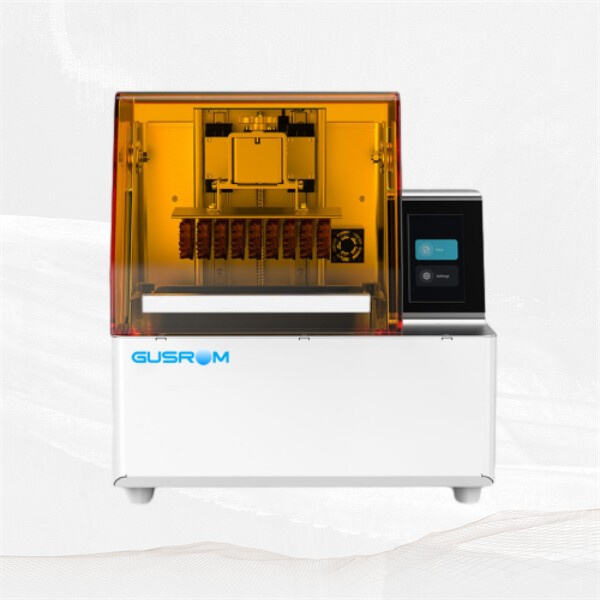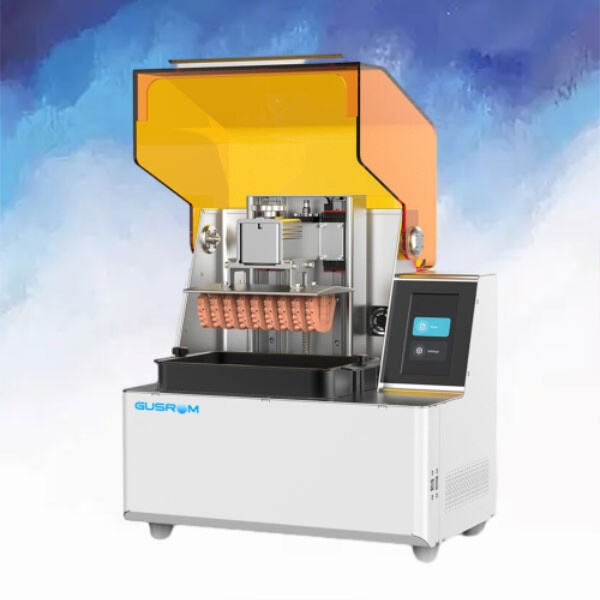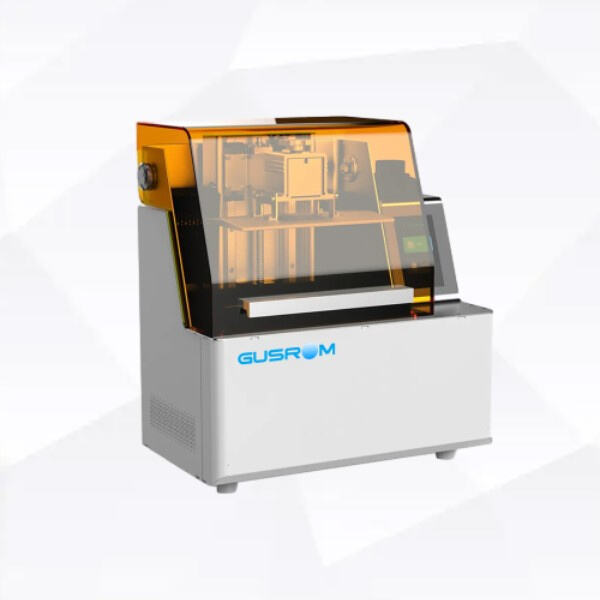The Gusrom brand is pleased to introduce you some interesting trivia about 3D printer in dental area. Ever heard of 3D printers? They are like magical machines able to fabricate objects from a special, moldable substance. Just picture being able to produce your own toys, or your own toothbrush – right at home! That’s the magic of 3D printers!
And now let me tell you how 3D printing is revolutionizing dental work. In the past, dentists had to take molds of your teeth by hand, a process some people found uncomfortable and time-consuming. But now, thanks to 3D printers, they can produce custom dental products that are quicker and more accurate than they ever have been. These printers can also create accurate models of your mouth to assist dentists in plotting their procedures.

But how exactly does 3D printing technology function for dental uses? So dentists use special software to design the dental products they want to use. They then send those designs to a 3D printer that constructs the products layer by layer from materials like resin or metal. This is a process known as additive manufacturing, and it gives dentists the ability to produce everything from crowns to braces with previously unheard-of accuracy.

One of the most amazing things about 3D printing is the ability to use it to create prosthetics and implants. Say someone gets a tooth knocked out after an accident – with a 3D printer, a dentist can make a tailor-made implant which completely fits inside the mouth. Their smile is not only recovered, but their overall health is enhanced. And these same implants can be manufactured far more rapidly and cheaply than traditional options.

So with that in mind, let’s get into the advantages 3D printers offer for dental work. Some other positive aspects of these printers are the time savings and efficiencies in procedures, meaning less time in the chair at the dentist for you. They are also less wasteful than traditional methods, and easier on the environment. And 3D printers are capable of producing highly detailed products, so the machines can help dentists deliver better care to their patients.